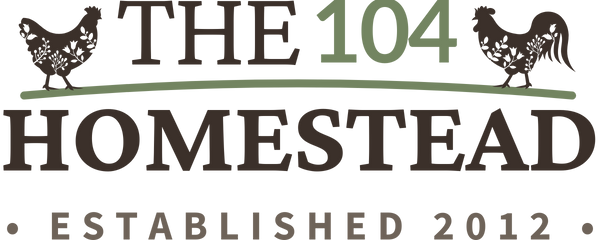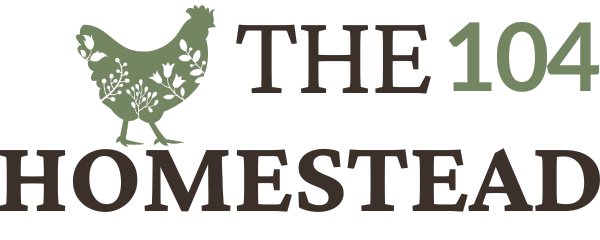Goat Milk Shampoo Bars: A Recipe for Healthy Hair
Make your own natural and luxurious goat milk shampoo bars with this simple, easy-to-follow recipe from herbalist Jan Berry’s new book.
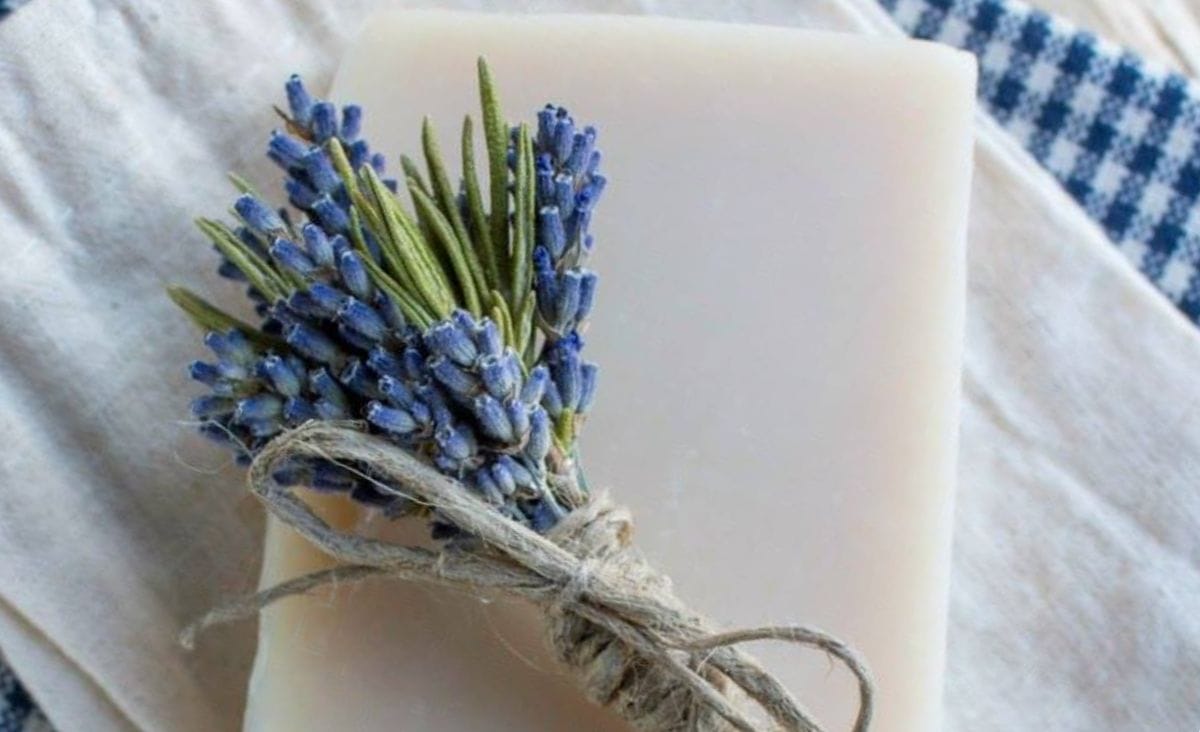
These goat milk shampoo bars have a generous helping of castor oil to promote a great lathering experience, along with a full amount of goat’s milk for an added creamy and luxurious feel. Shea (or mango) butter helps to slightly harden the finished bars while providing moisturizing properties for the scalp and hair. Commercial shampoos pale in comparison to natural shampoos like this one.
This natural shampoo bar recipe is from Jan Berry’s new book, Simple Natural Soapmaking.
Before making these shampoo bars, you’ll need to freeze the milk. To do so, weigh out the amount of milk you need for the recipe directly into ice cube trays. Freeze until solid, and store the cubes in freezer bags until you are ready to make the soap.

Making the Best Shampoo Bar Ever
Yield: 7 to 8 bars of soap (2.5 lbs/1.13 kg)
Lye Solution
8.5 oz (241 g) frozen goat’s milk
0.5 oz (14 g) distilled water
3.9 oz (111 g) sodium hydroxide (lye)
Oils
7.5 oz (213 g) coconut oil
3 oz (85 g) shea or mango butter
10.5 oz (298 g) olive oil
3 oz (85 g) sweet almond or sunflower oil
4 oz (113 g) castor oil
Essential Oil
1.23 oz (35 g) of lavender essential oil, optional
Substitutions and Tips
So that you are aware, you must weigh all ingredients. You’ll need an accurate scale to make soap.
To replace the shea or mango butter, use lard or tallow instead. The lye amount will stay within an acceptable range for either change and will not need to be adjusted. If you are allergic to coconut oil, try using an equal amount of babassu oil in its place. The lye amount should be slightly reduced to 3.85 ounces (109 g) for this replacement.
Directions for Making Goat Milk Shampoo Bars
Place the frozen goat’s milk and water in a heavy-duty plastic or stainless steel bowl. Wearing protective gloves and eyewear, carefully sprinkle a small amount of lye at a time over the frozen milk, stirring well after each addition. The entire process will take several minutes, but working slowly ensures that the milk doesn’t scorch and that the lye completely dissolves. The lye solution does not need to cool further before being added to the oils.
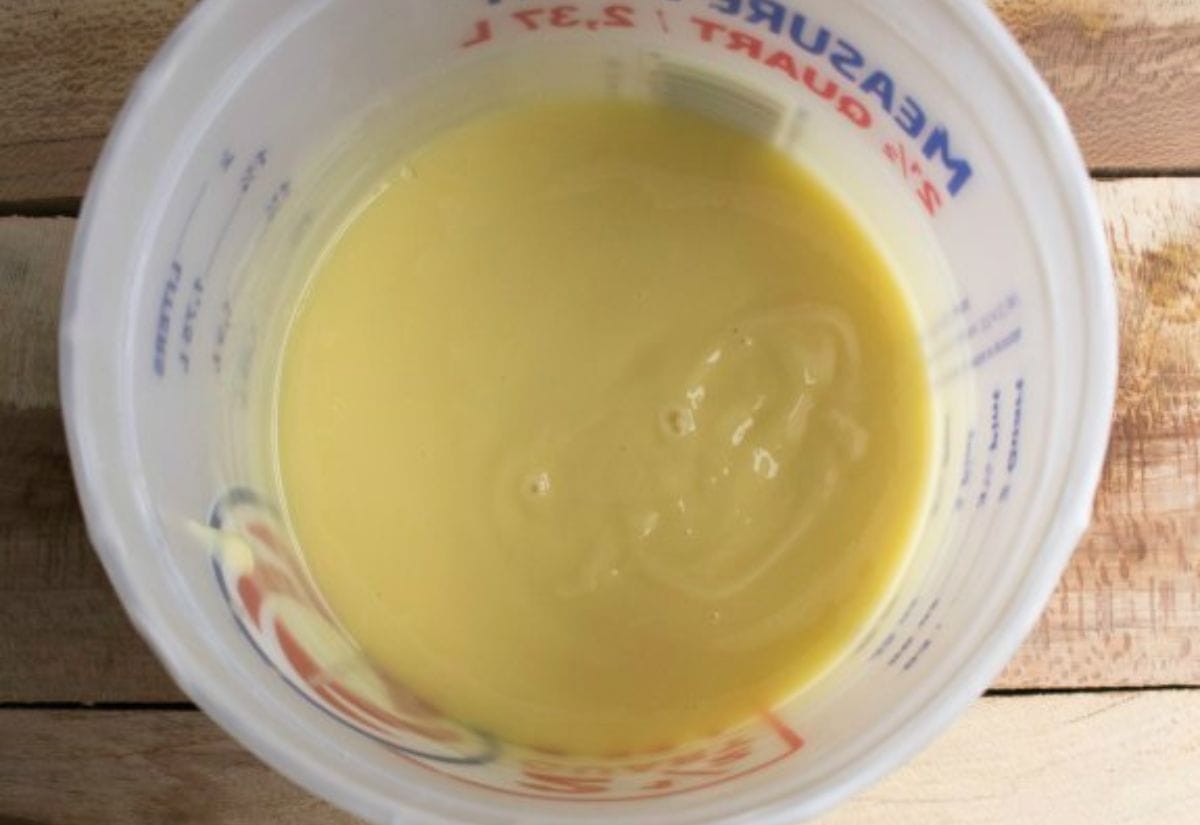
Melt the coconut oil and shea butter, then add them to the other oils. Add the lye/milk solution to the oils. Using a combination of hand stirring and an immersion blender (stick blender), stir the soap until it reaches a very light trace. Trace is when the soap has thickened enough that when you drizzle a small amount of the batter across the surface, it will leave a fleeting but visible imprint or “trace,” before sinking back in. At trace, stir in essential oil, if using, then pour into a prepared mold.
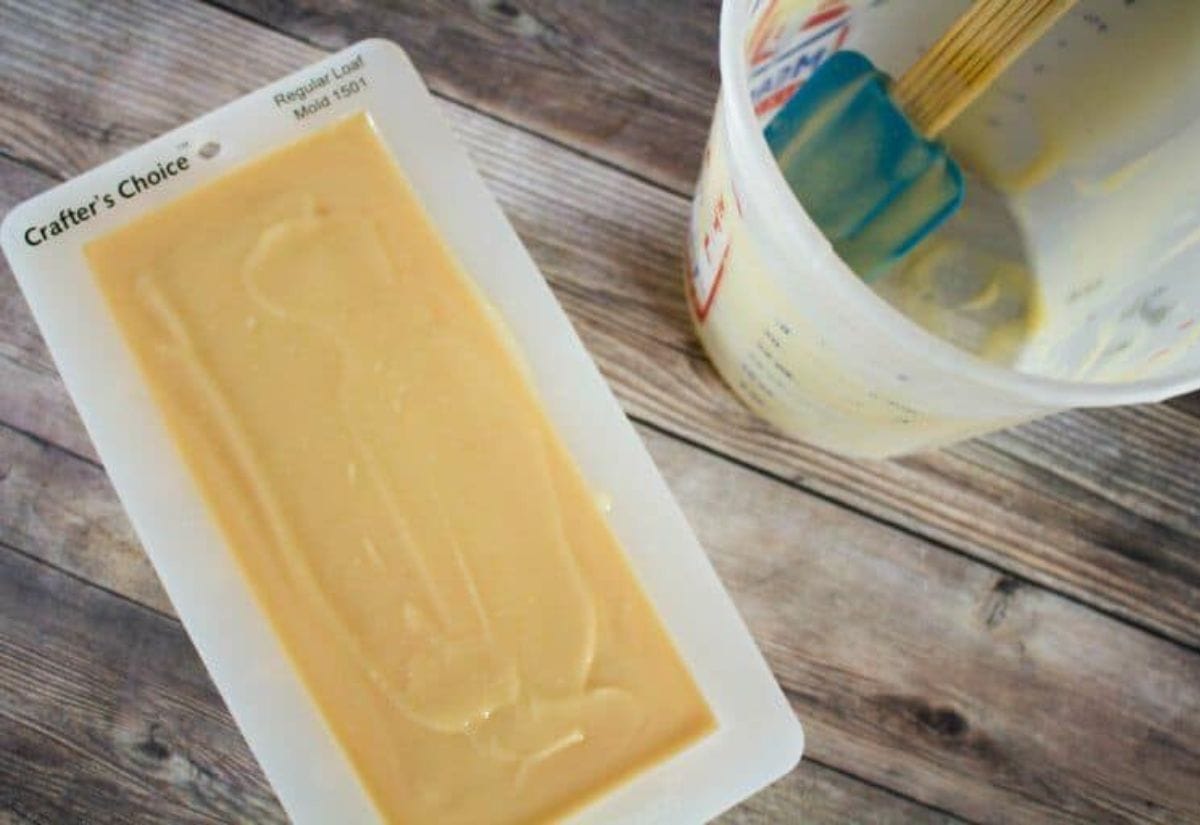
Jan Berry recommends the Crafter’s Choice Silicone Soap Mold.
Let the soap stay in the mold for 24 hours. The next day, you’re ready to unmold and slice into bars. It is safe to use your soap after a few days, but I recommend putting the soap somewhere cool, dry, and with good airflow for four to six weeks. The extra water will evaporate, making the bars harder, so they last longer in the shower.
Benefits of Goat Milk for Hair
The proteins and fatty acids in goat milk shampoo bars nourish hair and make it naturally shiny. If you have curls, goat’s milk shampoo will help control frizz and make your curls sculpted. Also, because it’s gentle and it helps to moisturize the skin, you may find dandruff relief after using goat milk shampoo bars. You may also see some boosted hair growth.
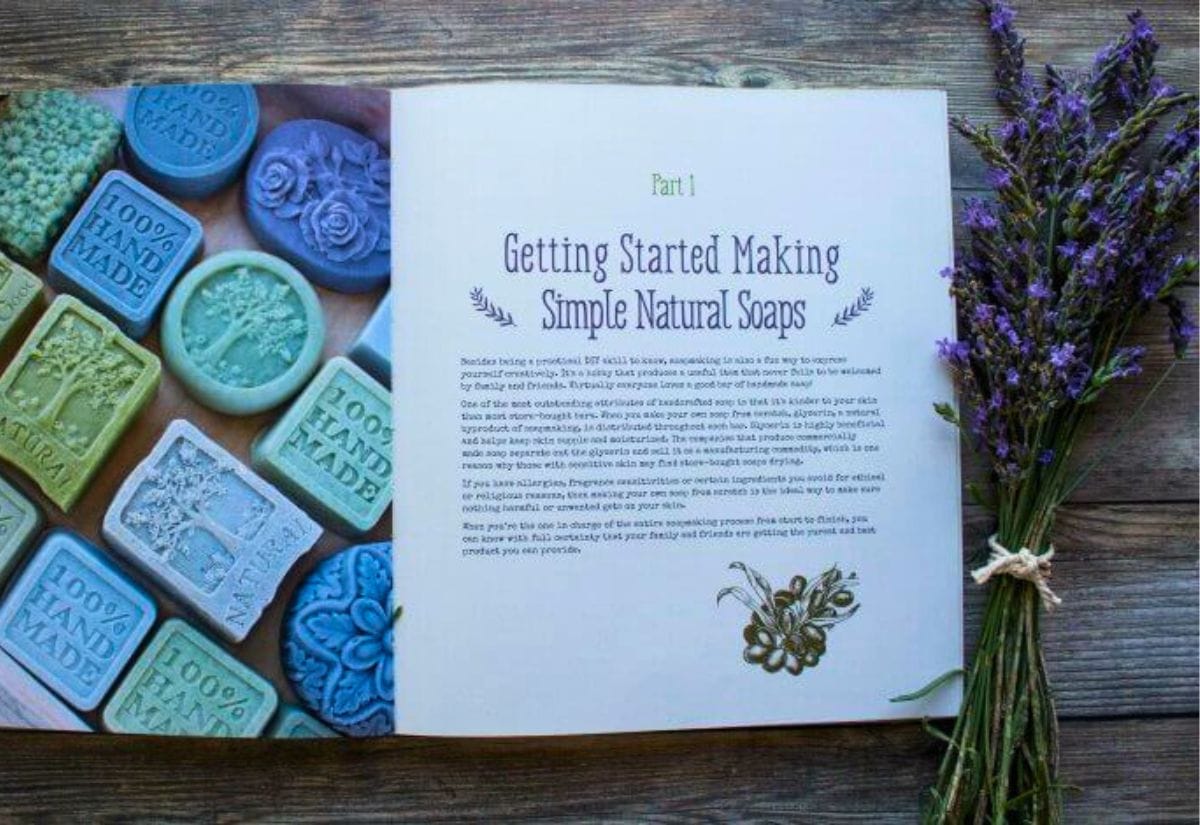
If you’re looking for more great soap recipes, I highly recommend getting a copy of Simple Natural Soapmaking. Herbalist Jan Berry offers everything a modern-day enthusiast needs to make incredible botanical soaps. Beginners can join in the sudsy fun with detailed tutorials and step-by-step photographs for making traditional cold-process soap and the more modern hot-process method with a slow cooker. Jan presents fifty easy, unique soap recipes with ingredients and scents inspired by the herb garden, veggie garden, farm, forest, and more.
Benefits of Goat Milk for the Body
Goat milk soap offers the same benefits for the body as it does for the hair. Commercial soaps contain surfactants that strip your skin of its natural moisture and oils, leaving it feeling dry and tight. Packed with skin-loving fatty acids, like caprylic acid, goat milk soap cleans without stripping your skin of its natural oils, leading to dry skin.
Goat milk’s lactic acid content helps to gently remove the top layer of dead skin cells, allowing for natural exfoliation. Unlike other alpha-hydroxy acids, lactic acid is known as one of the gentlest AHAs, making it an ideal choice for those with sensitive skin.
Some of my favorite recipes…
Pure White Natural Goat Milk Soap: A simple and nourishing soap recipe, especially for sensitive skin.
Honey & Oat Goat’s Milk Soap: This is soothing and calming for dry, irritated skin, and it’s a melt-and-pour recipe if you don’t feel prepared to make soap from scratch.
Oatmeal Raisin Goat’s Milk Soap: This soap smells so good, you’ll almost want to eat it. It is made with a spicy blend of cinnamon and clove essential oils, oats, and raisins.
Frequently Asked Questions
If you’re looking for more self-care ideas, I’ve also got a delightful recipe for a luxurious milk and honey bath soak that pairs perfectly with these goat milk shampoo bars!
If you’ve found value in this blog post and enjoyed reading it, why not share it with your Pinterest community? Pin the image below and spread the love!
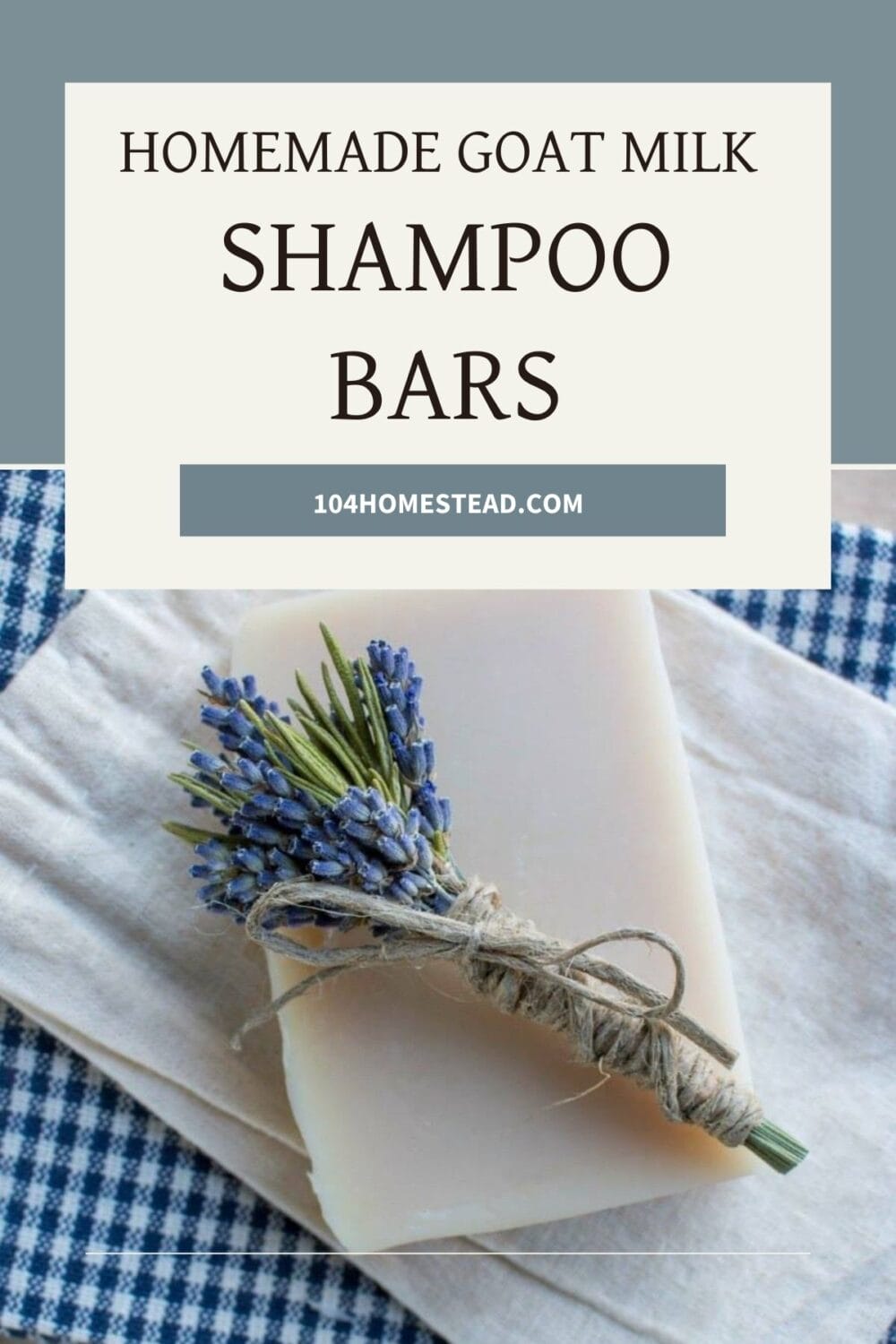
Goat milk shampoo bars are an excellent option for those looking to switch to more natural products. They are easy to make, cost-effective, and environmentally friendly. Follow your shampooing with an apple cider vinegar rinse, and your hair will amaze you!
Have you ever tried making your own shampoo bars, or do you have any favorite additions you’d recommend for a personalized touch? I’d love to hear about your experiences and unique twists on goat milk shampoo bars in the comments below.
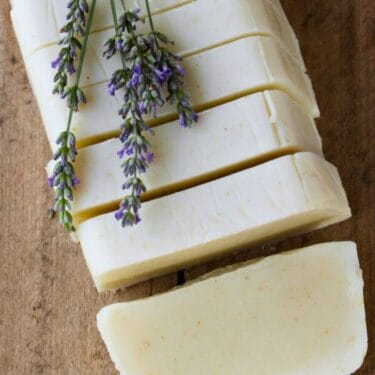
Lavender Goat Milk Shampoo Bars
This post may contain paid links. If you make a purchase using the links in this recipe, I may earn a commission.
Equipment
- 1 Kitchen Scale
- 1 Ice Cube Tray
- 1 Heavy Duty Plastic or Steel Bowl
- 1 Pair of Gloves and Eyewear
- 1 Soap Mold loaf shaped
Ingredients
Lye Solution
- 241 g Goat’s Milk frozen
- 14 g Water distilled
- 111 g Sodium Hydroxide lye
Oils
- 213 g Coconut Oil
- 85 g Shea Butter or mango
- 298 g Olive Oil
- 85 g Sweet Almond Oil or sunflower
- 113 g Castor Oil
Essential Oil
- 35 g Lavender Essential Oil optional
Instructions
- You’ll need to freeze the milk. To do so, weigh out the amount of milk you need for the recipe directly into ice cube trays. Freeze until solid.241 g Goat’s Milk
- Place the frozen goat’s milk and water in a heavy-duty plastic or stainless steel bowl. Wearing protective gloves and eyewear, carefully sprinkle a small amount of lye at a time over the frozen milk, stirring well after each addition.14 g Water, 111 g Sodium Hydroxide
- Melt the coconut oil and shea butter, then add them to the other oils. Add the lye/milk solution to the oils. Using a combination of hand stirring and an immersion blender, stir the soap until it reaches a very light trace.213 g Coconut Oil, 85 g Shea Butter, 298 g Olive Oil, 85 g Sweet Almond Oil, 113 g Castor Oil
- At trace, stir in essential oil, if using, then pour into a prepared mold.35 g Lavender Essential Oil
- Let the soap stay in the mold for 24 hours. The next day, you’re ready to unmold and slice into bars.
